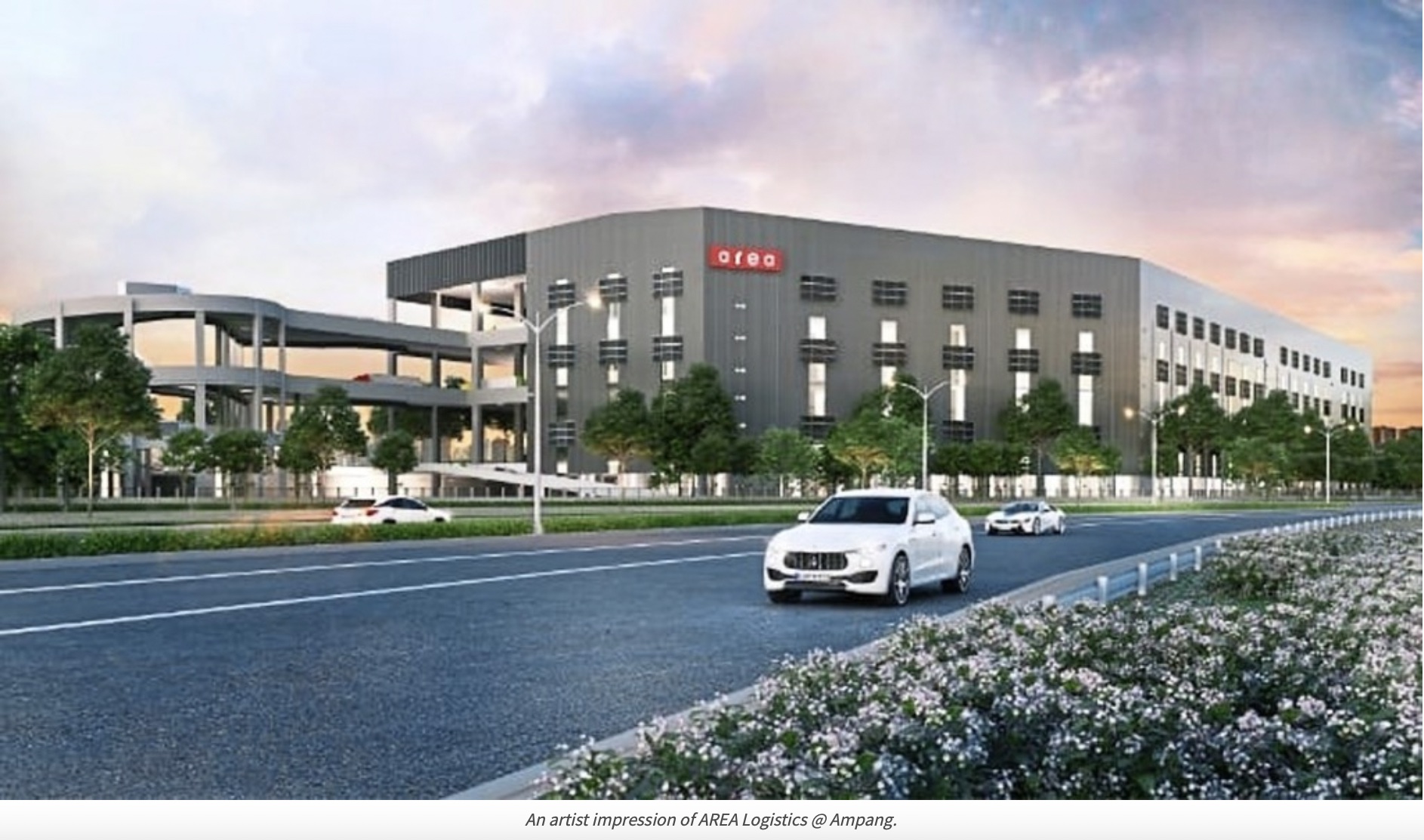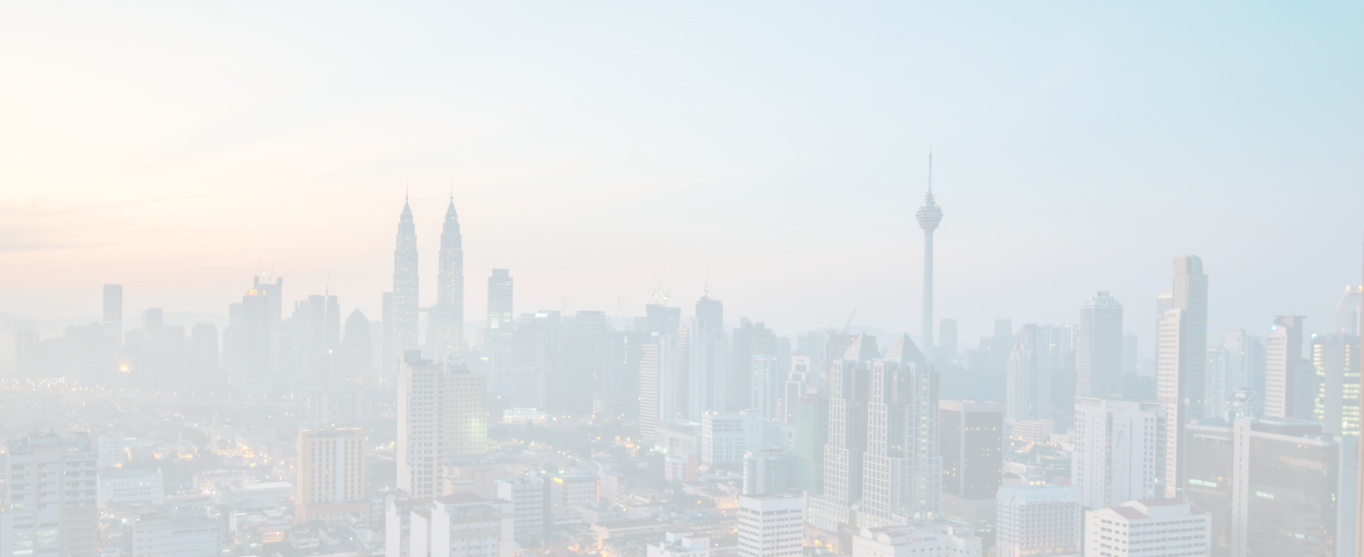The changing face of industrial property
By Yanika Liew
Despite comprising only 2% of the property market, the industrial sector led the market in 2021. With the value for industrial properties increasing by 53% and the industrial sector accounting for 48% of total property transactions, the sector is expected to continue its strong growth trajectory in 2022. In comparison, transactions of commercial and retail sectors came to a near standstill throughout the pandemic.
While there was a decrease in industrial property from 2019 to 2020, the industrial developments being overlooked were typical designs such as terrace and semi-detached factories. It is clear that the market is demanding more from industrialists and investors, but what exactly does more entail?
In the past, warehouses used to be simple buildings consisting of a large, single space for storing and loading products. Most warehouses only have one ground floor, with the look and feel of a tin shed. Now, these old designs need an upgrade.
Welcoming the Fourth Industrial Revolution (IR 4.0), companies are demanding a more modern design, which could be anything ranging from multiple storeys to the implementation of facilities like jogging tracks, swimming pools and tennis courts. Industrialists are increasingly looking toward factors of livability to lure home local talents and attract international ones.
“If you go to Singapore, six, seven and eight floors are common. If you go to Hong Kong, 15 floors are common. So it’s like an office building. Instead of a 15-storey office building, you actually have a 15-storey warehouse,” Rahim & Co International Sdn Bhd real estate agency chief executive officer Siva Shanker said.

